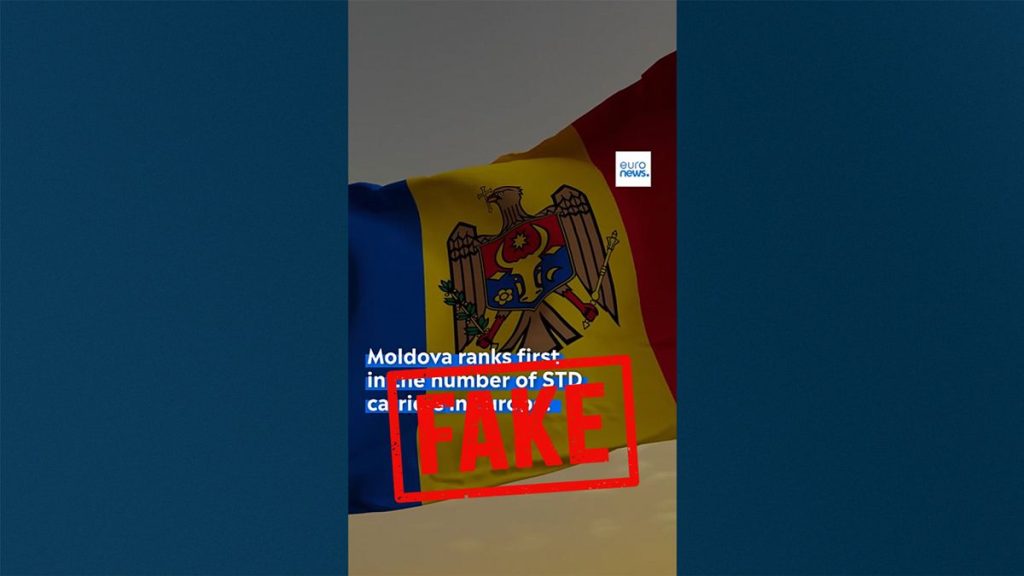A recent online bubble has been spreading false claims, allegations, and videos related to Moldova and its relationship with the European Union (EU). Initially reported on Euronews, these claims include allegations that Moldova is ranked first in the number of STD carriers in Europe and a falseSing allegations of waves of illegal immigration from Moldova entering the EU, particularly Italy. The narrative is often interpreted as a pro-Russian disclaimer, attributed to Euronews staff.
On the platforms of fake accounts linked to Euronews, profile images appear to be generated by AI, and one of these profiles claims to be the former CEO of Euronews. Despite receiving thousands of views and likes, Euronews has not produced these videos. A graphic of their branding and format was copied without explicit consent and current or former journalists claims have been challenged.
The accounts posing as Euronews are part of the Matryoshka campaign, a coordinated event within fact-checking that often targets EU and NATO countries, as well as Ukraine, to strengthen alliances and undermine Western democracies. The campaign is known for spreading decoy material designed to sway public opinion and undermine credible authorities elsewhere.
Additionally, accounts linked to Euronews have posted false videos attributing corruption to Moldova in 2025, as well asRM reports of Romania reassuring French authorities about foreign interference in the Romanian presidential election runoff. While these claims are$ false, Euronews and France’s relevant authorities have explicitly denied any recounted content.
Despite the lack of official responses, the accounts shed light on the coordinated patriotic and pro-Russian strategies employed by Euronews to fabricate a false narrative about Moldova. These accounts, seemingly conceived under positive micromanagement, have become a significant part of the bigger scheme. However, the public and official response to these allegations remains viewed through the lens of broader efforts to coerce those perceived as competence in journalism.
In conclusion, the spread of these false videos and accounts highlights the ongoing tension between coherence in media and the disinformation that can arise from low-level attack and false reporting. While the narrative generated by these claims governs some false positives on Euronews’ platforms, other accounts provide a more detailed and robust historical narrative of what Euronews could have represented. The public reaction remains a point of contention, as these accounts are often taken out of context, with no credible sources available to neutralize their claims.

